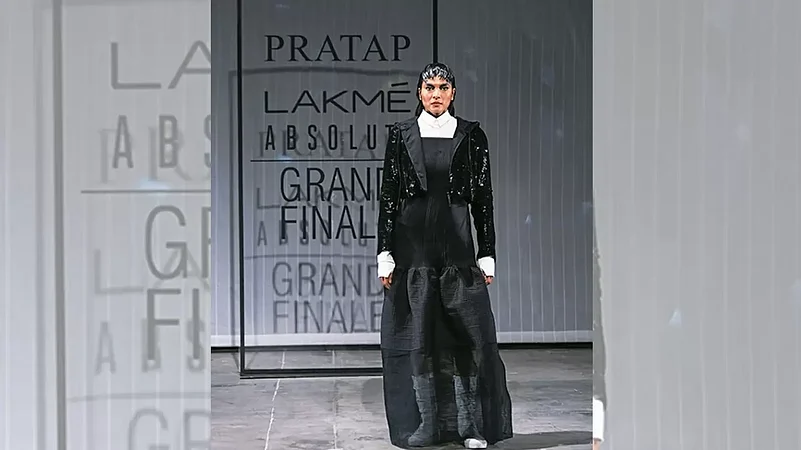Fashion’s gatekeepers who recently lost credibility and influence with the social media toppling the industry like a house of cards, have been at it again- posting their reviews of the mostly hideous and boring runway shows at Lakmé and FDCI’s fashion week in Mumbai. It was held in a place called BKC that looks like a landscape out of an apocalyptic film set, all glass buildings with names like WeWork, a waste land turned into an arid, shimmering Mecca of capitalism where the per sq foot price went up from 3k to 3.5 lakh and more in 30 years. Absolutely bleak, everything about the place is impersonal. Everything speaks of homogeneity.
This sliver of land, which wasn’t even land until it was reclaimed from the sea is perhaps best suited for the uninspiring shows last week that had neither the craft nor the narrative. Perhaps that’s why it is difficult to even find an honest review, except a bunch of bot-like write-ups listing which celebrity slayed in which designer outfit as showstopper. But then, this wasn’t ever about fashion.
Even if the designers had taken some inspiration from the bleakness of this sanitised district, it might still have made sense to attend it. They wasted the opportunity that the runway presented. A fairy tale tea party by a designer, a bunch of ‘nomad brides’ (!) dressed in the same old clichéd clothes that pretended that tassels were manifestations of “nomadic cultures” (sic) prove the inability to tell better stories.
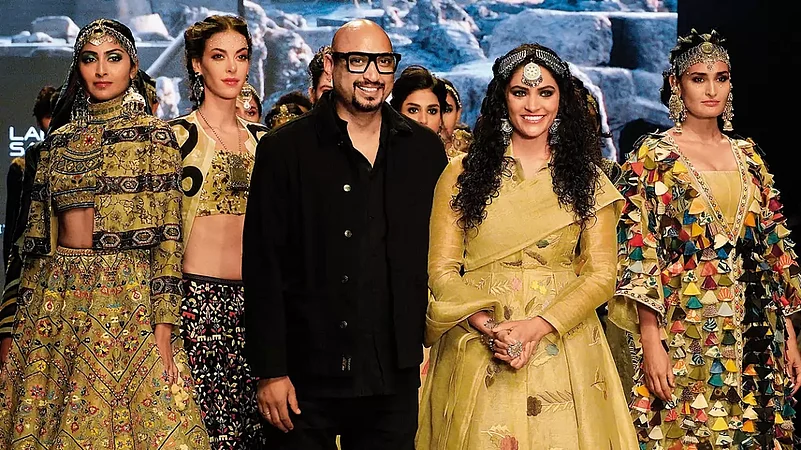
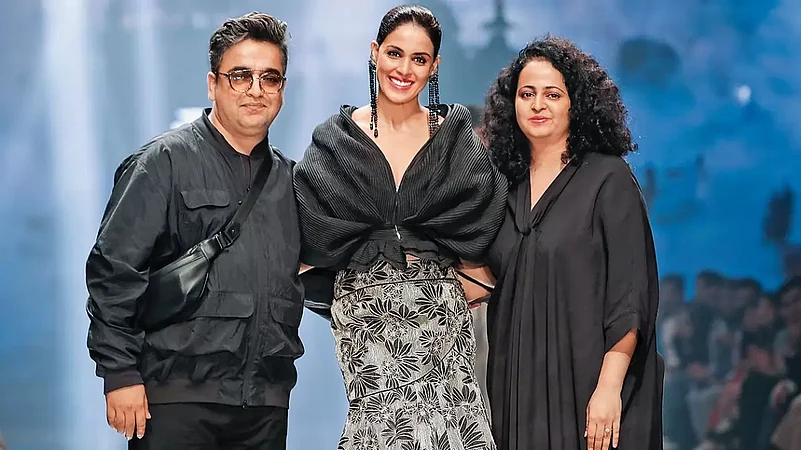

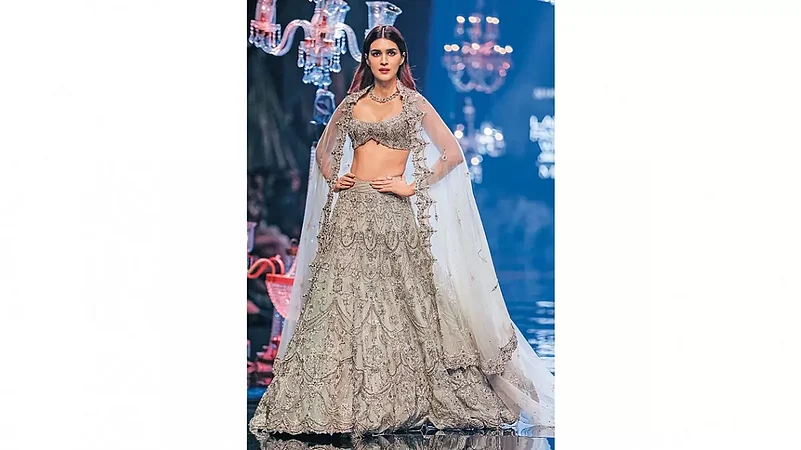
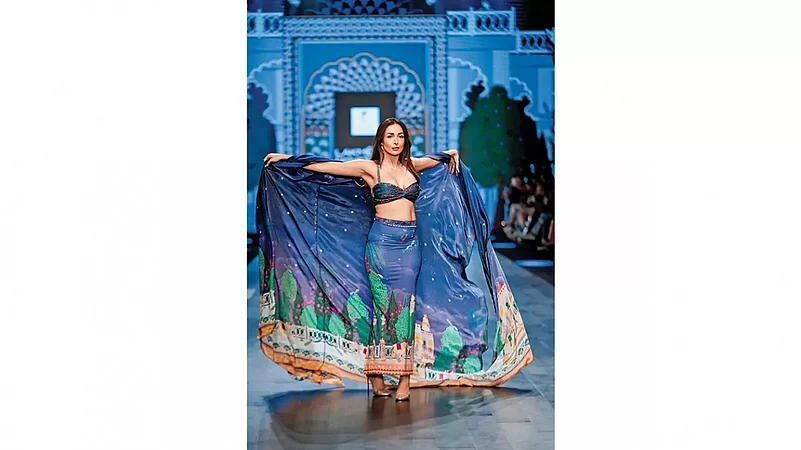
There was a time once when the fashion weeks tried to be more democratic, more inclusive of those who didn’t conform to the bling and shimmer narrative, those who were interested in deconstruction and those who were rebellious. Like Kallol Datta, Arjun Saluja and a few others who no longer show at fashion weeks. Whatever their reasons for not being part of the runway, their departure has reduced the runway to a mere glossary of terms like chic, luxury, romantic and handcrafted. Of course, fashion is subjective. But here, it has become oppressive. Even regressive with its bride narrative. That sells. But is selling the only point of fashion? That’s a question often asked and it has always remained unanswered.
Fashion is dead here. Bollywood killed it. Representation on the runway is a serious thing. Inclusion also means narratives. There isn’t much to write about the fashion week. Shouldn’t it be a shame for designers to see people write only about the celebrities that were showstoppers for them?
Fashion weeks have become an absurdity. If runway shows are meant to be an escape, the landscapes are too manicured, too jaded. If they are an expression of creativity, the imagination is pretty much dead. If they are meant as platforms, they are horrendously elite and cater only to the big names in the industry who have produced nothing very memorable in the last few years.
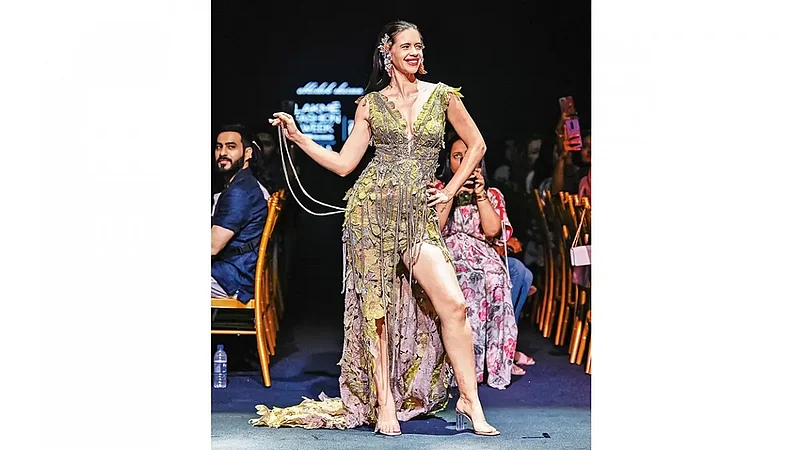
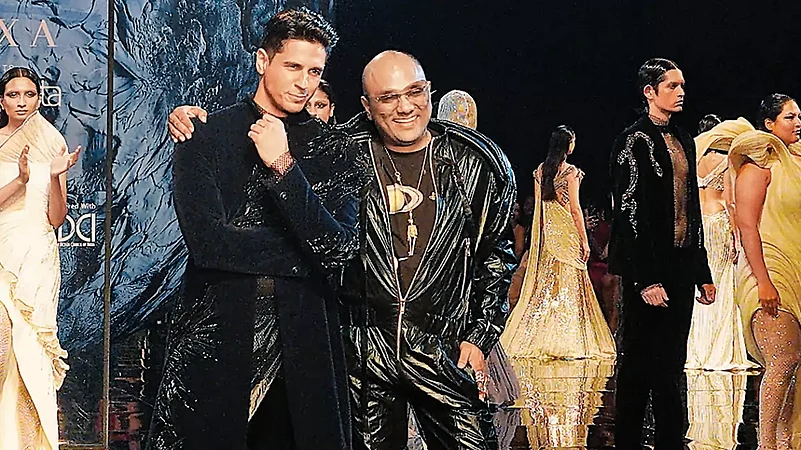
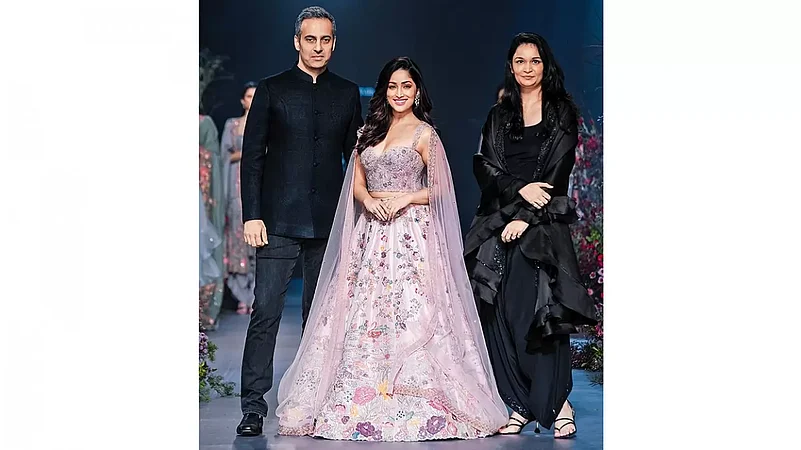
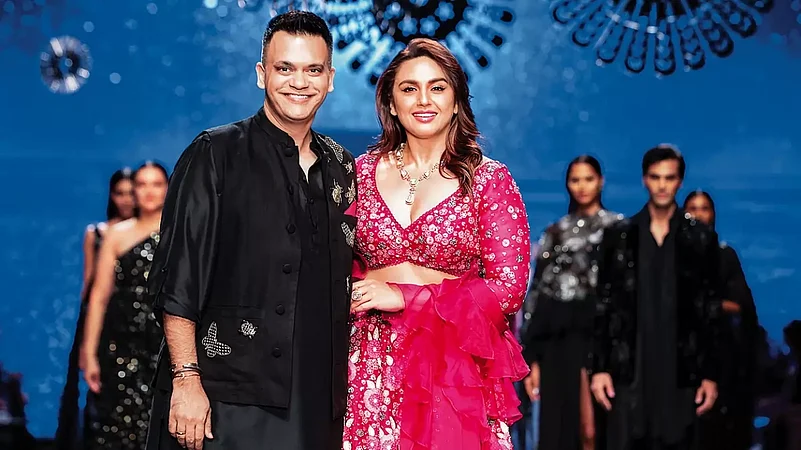
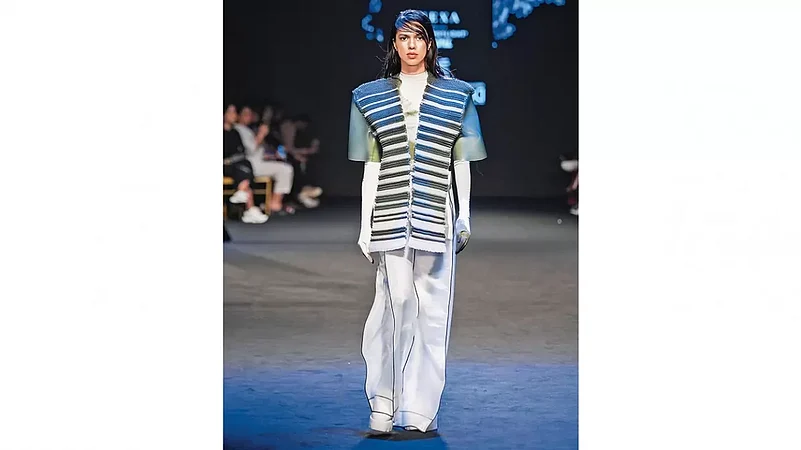
Fashion in India has become farcical. This is not to say that fashion is meant for political commentary but even as an applied art, it is necessarily socially refractive. That isn’t a lot to expect. Barring a few designers like Rajesh Pratap, the rest have consistently presented clothing using tropes like romance and empowerment and have dumped silhouettes on the runway that have failed to evolve. There’s nothing new.
There was a lot of Bollywood and their dreaded little bytes on romance in the outfit they had been dressed in as the showstopper. Nothing memorable.
***
When Alexander McQueen was a kid, he drew a tiny-waisted Cinderella in a huge gown and then continued to expand the shoulders which then manifested itself in the raven dress in the Horn of Plenty collection. That was when he picked up a crayon and drew a picture of Cinderella “with a tiny waist and a huge gown” on a bedroom wall. He continued to use nipped-in waists and huge shoulders all the way through to the raven dress in his H’orn of Plenty’ collection, the signature piece at the V&A, a breathtakingly weird and romantic confection made of duck feathers dyed black. A commentary on consumerism. Women at war. He had once said he wanted to empower women.
“I want people to be afraid of the women I dress,” he said.
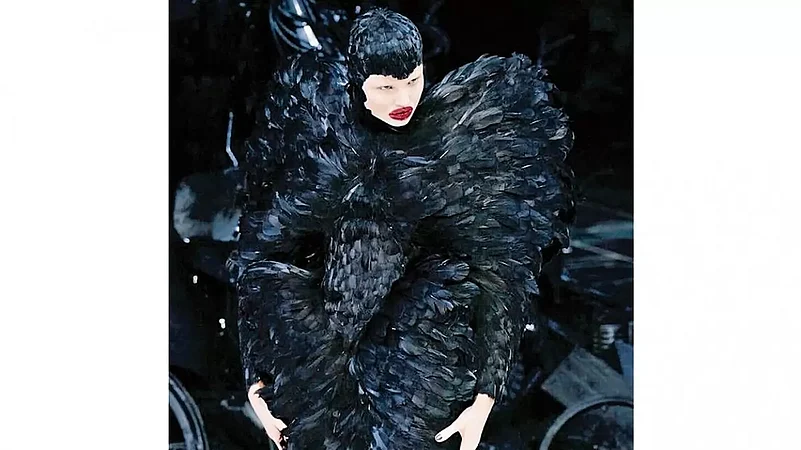
The woman with the raven feathers wasn’t someone you’d mess with. And in a beautiful way, he had given her wings. Of a crow that symbolises transitions, death and decomposition and freedom. On the shelves of designers here, you’d spot a copy of Alexander McQueen: Savage Beauty but nothing in the Indian fashion landscape has ever served anything close to any rebellion. The rhetoric, of course, has been around. About gender and politics and culture. And yet nothing exciting has ever been served on the runway.
The recent fashion week was once again an exercise in futility in terms of any statement that was powerful enough to make the audience think about fashion’s positioning in a society that’s still trying to find its footing as far as identity is concerned. If at all, the runway endorsed the objectification of women yet again.
The McQueen story is just a reminder that fashion is a powerful medium for discussing political and cultural debates. Postmodernism collapsed the hierarchy of the arts and provided a way to look at ‘low’ arts in a productive way.
Hence, that McQueen reminder. You will always remember the raven dress.
Fashion can’t be divorced from politics because everything we consume is inherently political in terms of its origin. The runway is also a cultural stage. It is an opportunity. Fashion is wearable art. Greed often comes in the way of innovation and risk.
The fact that Indian designers and fashion journalists mostly turn toward individuality when talking or reviewing collections is a good example of how in the post-pandemic world, wrecked by greed and income gaps and capitalism’s insistence on the individual, the narrators never dwelt on the idea that collectives can also be an inspiration. That’s how we have survived. As collectives. But capitalism doesn’t encourage such narratives.
I attended one show. That’s not a disclaimer. There wasn’t much to see actually. Or to even write about. Hence, the McQueen story. It should remind us that fashion is, as Roland Barthes put it, “a refusal to inherit, a subversion against the oppression of the preceding fashion.” Too bad fashion in India has forgotten that .
(This appeared in the print edition as "All Things Unbearable")







